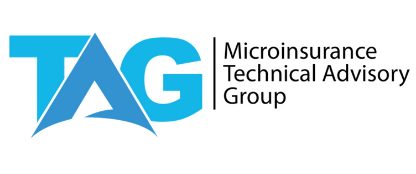
By Humphrey Kabwe
The Managing Director at Minet Zambia. He is also the President of the insurance Brokers Association of Zambia
Over the past 10 years, micro-insurance in Zambia has received attention and deliberate efforts by both government and other stakeholders to trigger awareness and inclusivity of the low-income bracket earners of the public. The outcome of these efforts is expected to enhance inclusivity and industry growth. Traditional insurance has largely not been able to provide appropriate products and customer-centric services for this segment. Among government efforts for financial inclusion is the resultant National Financial Inclusion Strategy (NFIS) whose vision is to “achieve universal access to and usage of a broad range of quality and affordable financial services that meet the needs of individuals and enterprises.” Notable strides have been made towards the inclusivity but the low income, informal section of the public remains unserved or underserved. This is confirmed by the Finscope 2020 study findings which indicated a decline of informal financial inclusion to 32.3% from 37.9% (2015).
For inclusive insurance to yield progressive results in the micro space, stakeholders should critically examine and respond to the many bottlenecks surrounding reach and service provision, some of which include: regulation, digitization, high cost of premiums and claims, credible and easily available data or statistics, lack or low levels of trust by the public, the need for actuarial services due to high risk of the target group/market, inadequate or absence of distribution channels, lack or low understanding of products by the end user and those in the value chain, top-down product and standardized product design, low insurance culture and little or no knowledge and experience about formal financial services. At the same time, product and service providers remain grappling with issues such as inadequate risk management tools, credible and up-to-date data, dynamic customer and climate changes, low demand from the target market and economies of scale in the light that the target group (micro) requires critical mass to be economically viable, to mention but a few.
Industry, therefore, needs synergies and strategies that will stimulate demand, and push knowledge and education to enable the excluded or underserved willing to use insurance as a risk protection tool. The target group is at high risk of exposure because they have no or very little safety nets in times of loss. Insurance is one such financial tool that comes in handy in risk mitigation. However, inclusion requires concerted efforts and commitment to the vision if we have to record positive strides towards the NFIS. There is paramount need for all players to enhance financial education campaigns and find ways to evaluate impact of strategies implemented. At the same time, insurance should be made easy to understand before a purchase to enable the customer to make an informed decision. It is a worthwhile undertaking that providers should consider translating some of these products and services into local languages.
From the low numbers of uptake from the micro-insurance market, there is great potential for growth. This growth is also supported by the political will for financial inclusion. Government equally has systems and platforms that can aid industry to tap into this market, such as SMART Zambia, ZAMSTATS for statistics, distribution channels such as FISP, private sector and farmer organizations for embedded or integrated insurance. Critical too for this market segment is digitization and infrastructure availability, after sales service, monitoring and consumer protection. This provides an opportunity to make insurance more tangible and enhance trust levels that have been eroded for some time.
For the micro insurance segment to be sustainable, all stakeholders should collectively partner and find solutions with the customer in mind. Partnerships such as mobile network operators, micro finance institutions, aggregators and other distributors should come together for services that will enable the public make sound financial decisions to cover shocks and stimulate market growth. At the center of the strategy, the insurance industry will continue to play a major role as has been demonstrated by some insurers in the agriculture, funeral and medical space.
With the recognition of micro insurance business in the insurance Act, opportunities have been enhanced and aligned for the industry to exploit.




